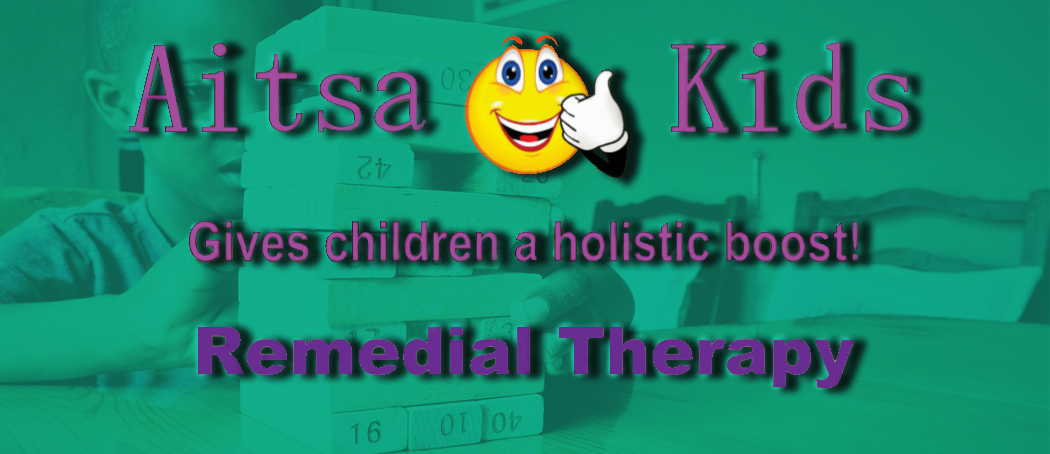

I am a remedial therapist who can help students overcome learning problems. I studied Kindergarten and Pre-Primary at the Bloemfontein Educational College and University of UNISA. I completed a M. Ed (Masters-degree) in Professional Psychology of Education and a HONS (honours degree) in Support Teaching at the University of the Free State.
In my 35 years of teaching young children, the one thing that I cannot over emphasize is that a child should be a total happy child when entering formal school for the first time. The one thing that I cannot over emphasize is that a child should be a total happy child when entering formal school for the first time. The measure of how prepared a child is to succeed in school (to learn easily, effectively and without emotional disturbance) will determine his/her happiness and confidence in order to be ready for life after completing a successful school career.
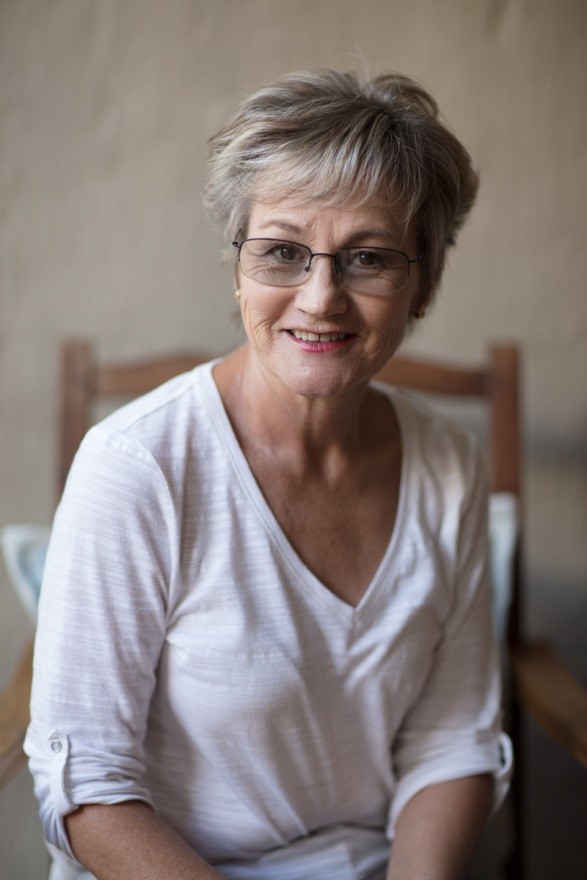
Is a multifaceted approach, tailoring remedial intervention plans to a child’s specific needs or problem area. We determine the child’s level of understanding a specific concept of language or mathematics and we focus on mastering skills, rather than content. We make use of one-to-one instruction, small group instruction, physical, written and verbal work.
At Aitsa Kids, children receive visual, tangible, kinaesthetic or hands-on experience, where they manipulate real objects. Kinaesthetic learning requires whole body movement or tactile, hands-on experience involving all senses – seeing, hearing, feeling and even tasting – to process new information. Children who learn in a kinaesthetic way
Aitsa Kids follows an integrated holistic, whole child-approach. Our remedial therapy encloses cognitive, emotional, social, physical, language and perceptual skills through fun and one-to-one concrete experience (hands-on play where your child uses his body or hands to manipulate objects). We therefore strive to address the specific problem area encompassing a broad approach to sustainable school improvement and long-term success. Each child deserves to be healthy and safe, challenged, engaged and therefore needs support.
Is a process of acquiring knowledge, thought and understanding through your senses and different experiences.
The focus of AITSA KIDS is to enable a child to believe in himself. Our remedial therapy approach is therefore good emotional health and a good self-esteem. This gives the child a sense of belonging and social inclusion, which leads to an optimistic sense of wellbeing...
Children learn by exploring their world using their bodies and senses. At Aitsa Kids children use their whole body to manoeuvre themselves physically to orient themselves, and their position in space goes along with a verbal description, movement becomes a link to memory, a tool to learning and part of our holistic approach.
• Visual and auditory discrimination
• Spatial orientation
• Reasoning
• Numerical concepts
• Visual motor coordination
• Visual motor copying
• Verbal and language comprehension
• Visual and auditory memory
Click here to learn more
For any further details please Contact me:
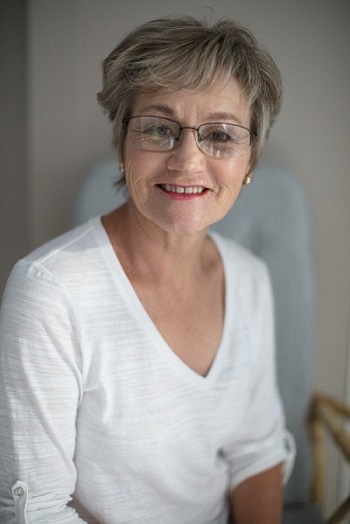
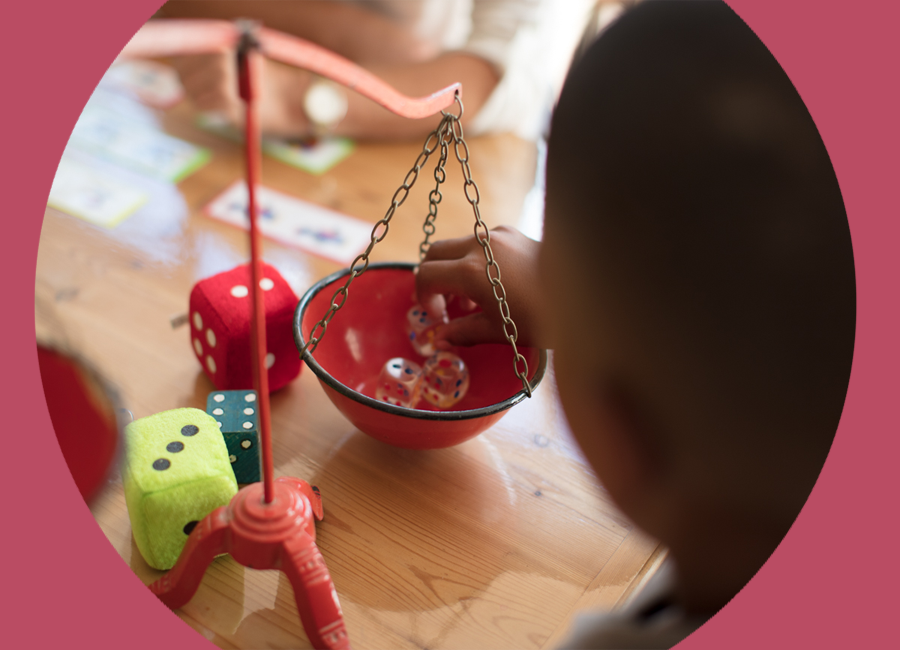
Any kind of tangible, hands-on experience where a child uses his hands, or even his body, to manipulate, pick up, touch, smell and see real objects to absorb information, is called concrete experience. To understand abstract, hands off, mathematical concepts better, concrete play sets the foundation.
Close Project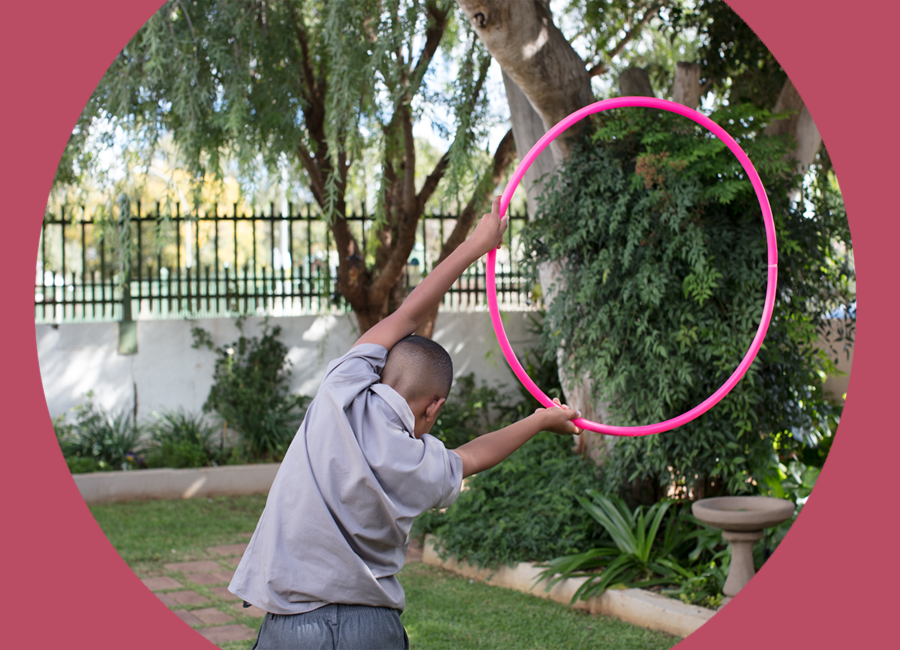
Children who avoid crossing their lateral midline are inclined to write or read only half of a word or sentence and reversals of letters or words can occur. They tend to lose their place and skip words when reading and often their eyes shoot back, repeating half of the same sentence repeatedly, not wanting to cross the midline.
Crossing the midline often relies on balancing skills. Balance is part of a “seamless” network of skills, which are important for learning to read.
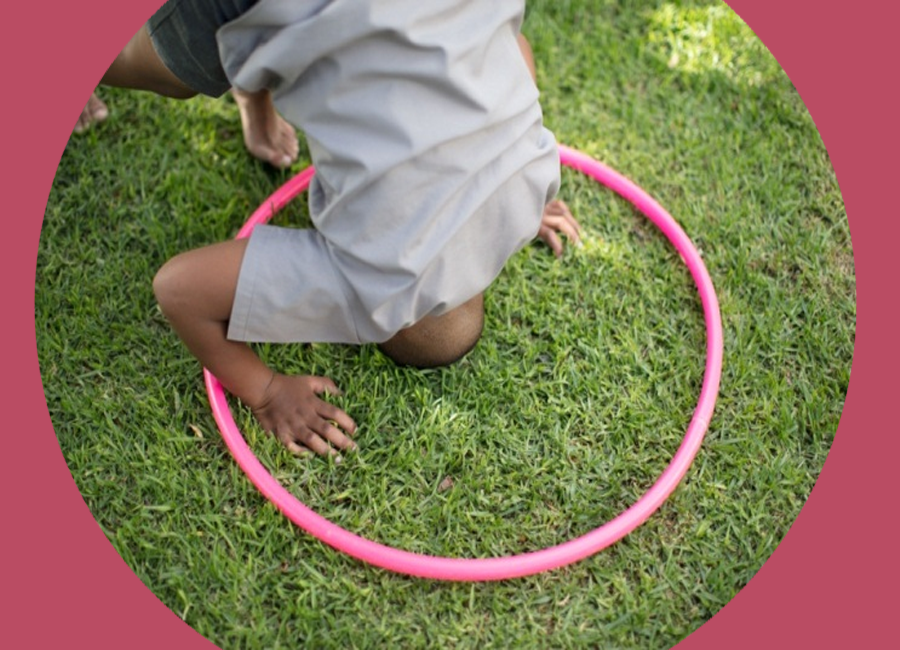
A child’s perception of his position in space enables him to observe objects as being in front, behind, beside, in, out, above, around, below, left, right, etc. Weak perception in this regard leads to horizontal and vertical reversals when reading, writing and spelling numbers and words.
Close Project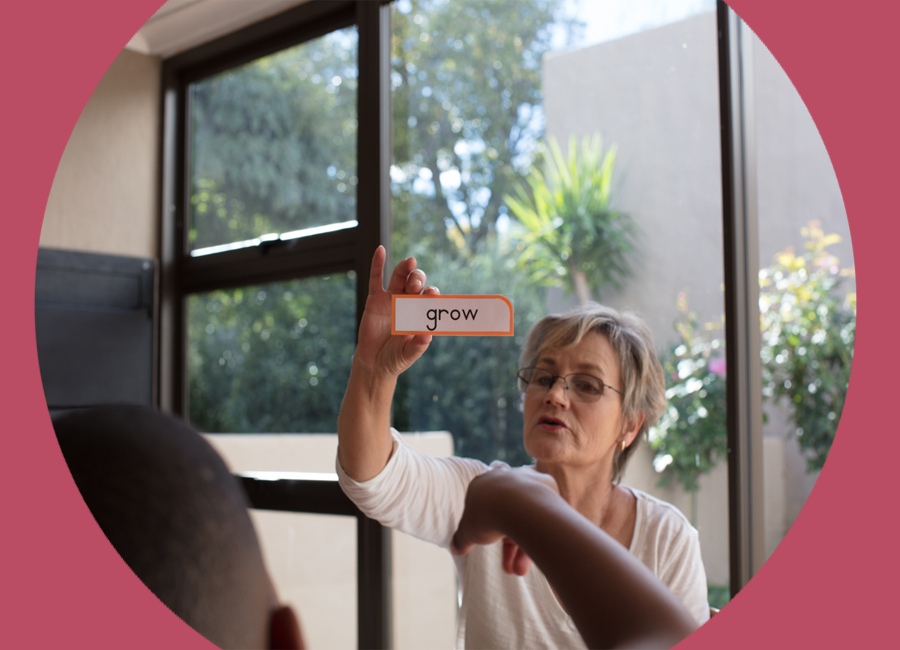
In an one hour session at Aitsa Kids we spend at least fifteen minutes on physical and perceptual development making it part of our teaching and learning experience. Learning new concepts takes place through a Total Physical Response (TRP). This method is based on the coordination between language and physical movement: First listening, then speaking and finally synchronising language comprehension through body movements. Children find spelling exciting when they have a “mental picture” of a word, looking at the word, spelling it aloud and writing the word with large arm movements.
Close Project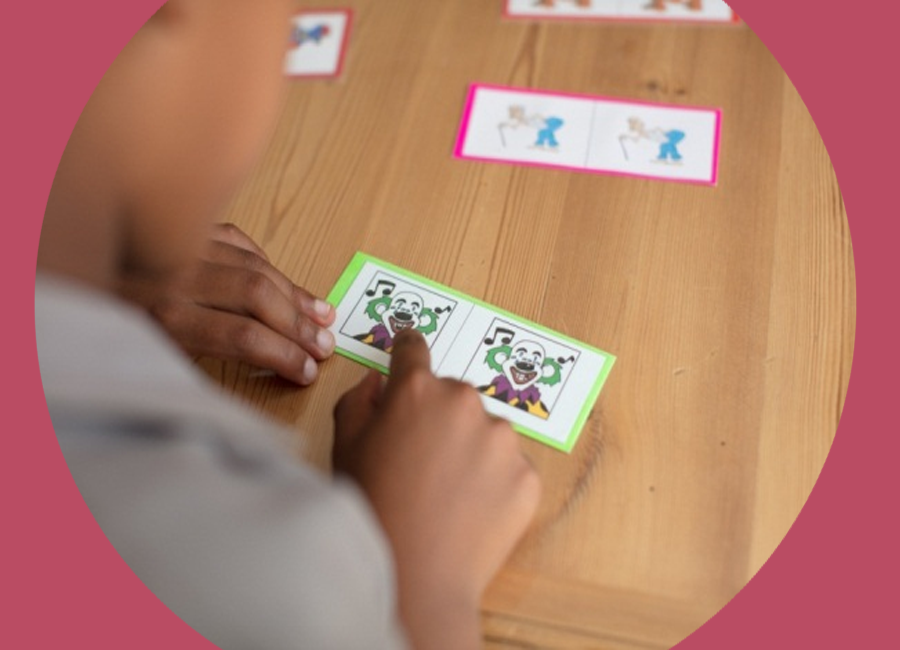
Children must be able to observe details in their environment to succeed in reading, spelling and mathematics. Practicing the eye to notice small differences in pictures is essential to distinguish between numbers, letters and words that look almost the same (7/1; 3/8; 2/5; d/b/p/q; f/t; u/n) and (tops/post/stop; on/no; peg/beg; etc.)
Close Project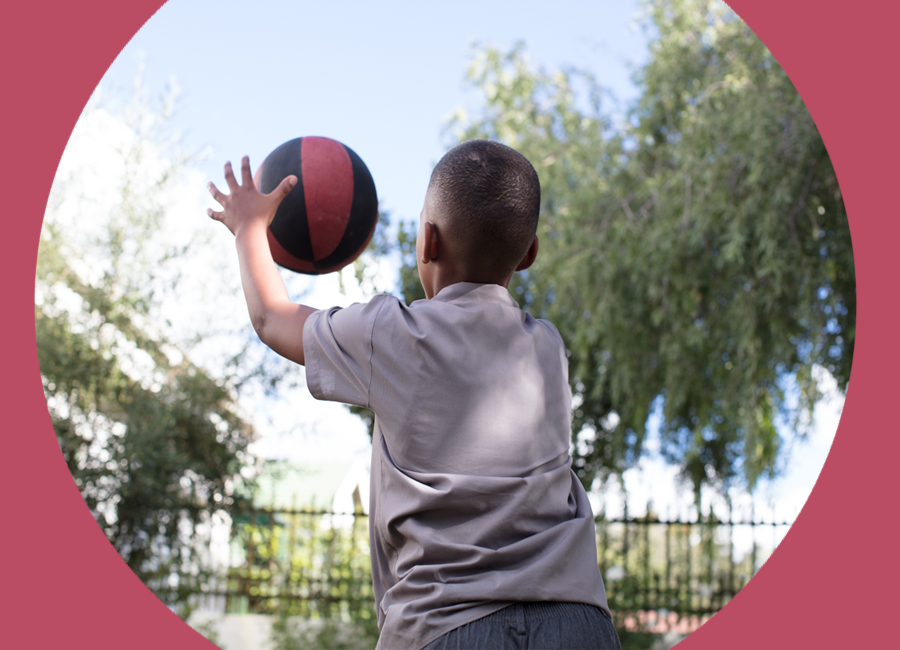
This is the ability to relate your physical body to objects in your surroundings and knowing how much force your body has to apply when manipulating these objects in a given space. Children not only learn where their limbs are in this space (proprioception), how much strength or effort they need at the right time when kicking, bouncing, rolling or throwing heavy balls, small rubber balls, light balloons, different beanbags and other objects, but in a playful way, they also learn the skills of cause and effect. These skills are necessary to tell left from right and not to confuse positional language and mathematical abstract concepts where shapes, areas, volume and space are involved.
Close Project
Visual and auditory discrimination is the ability to identify similarities and differences between objects, shapes and sounds, e.g. letters and words which look or sound almost the same (b/d; post/stop; cap/cat; moon/noon; specific/ pacific).
Close Project
Spatial orientation is our natural ability to maintain our body orientation in relation to the surrounding environment at rest and during motion. The inability to determine direction can lead to horizontal or vertical reversals of words and letters when reading, e.g. stop / post / pots.
Close Project
Reasoning is the process of making sense of things, understanding, remembering, paying attention and thinking about something in a logical way in order to solve problems and making the right decisions. (“Which one does not fit: table, chair, desk or cat? Why do you say so?”)
Close Project
By playing with balls, boxes, blocks and beads on a sensory motor level children acquire numerical concepts as well as the language of Mathematics such as more, less, near, far, much, little, high, low, between, above, below, etc.
Close Project
Visual motor skills or eye hand coordination is the ability to control hand movements guided by the eyes to enable you to hold a pencil correctly, copy letters and to draw or write what you see. Children who struggle to write may also struggle with other school skills.
Close Project
This is where the child should be able to combine elements to form a connected whole and to “see” the whole picture or end result. The child should be able to complete pictures, patterns or puzzles. We make words by putting letters together in the correct order, we make sentences by putting words together and eventually we can summarize an article. Synthesis is an important skill to help learners pulling information together in order to make sense of what they read.
Close Project
Verbal and language comprehension are the processes we use to understand spoken and written language to enable you to understand what you read. Training vocabulary, by reading stories to your child, can improve reading comprehension.
Close Project
Visual memory enables the child to store and retrieve visual sensations to be capable of visualising and recalling an image of what he previously saw, e.g. objects, words or letters. Children with problems in visual memory find it difficult to remember the visual “picture” of words and the sequence of letters in a word.
Auditory memory enables the child in the classroom to give attention, listen, to process and store the information in his mind and recall what the teacher said. When the child therefore reads silently, he must also be able to attend and listen to his own silent input, store the information and understand the written or spoken text by recalling the information.
Children with faulty visual and auditory sequence memory might confuse the order of the sounds and letters and might read or write spot instead of tops and bowl instead of blow. This leads to spelling, writing and reading problems.